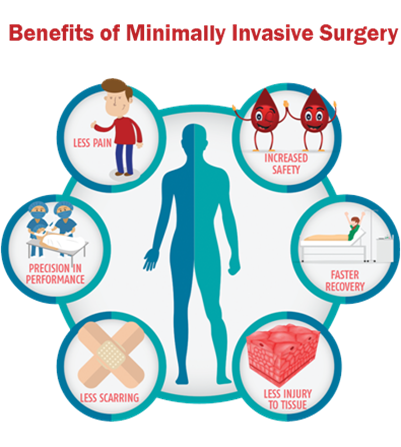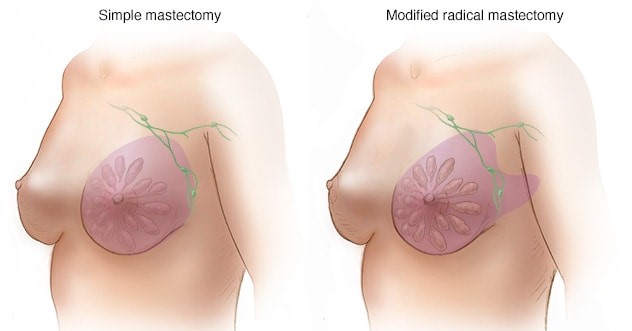A woman is admitted for repair of cystocele and rectocele. She has nine living children. In taking her health history, what would the nurse expect to find?
Sporadic vaginal bleeding accompanied by chronic pelvic pain
Menstrual irregularities and hirsutism on the chin
Heavy leukorrhea with vulvar pruritus
Stress incontinence with feeling of low abdominal pressure
The Correct Answer is D
Choice A: Sporadic vaginal bleeding accompanied by chronic pelvic pain is not the correct answer because it is not a symptom of cystocele or rectocele. This symptom may indicate other conditions such as endometriosis, fibroids, or cervical cancer.
Choice B: Menstrual irregularities and hirsutism on the chin are not the correct answers because they are not symptoms of cystocele or rectocele. These symptoms may indicate other conditions such as polycystic ovary syndrome (PCOS), thyroid disorder, or menopause.
Choice C: Heavy leukorrhea with vulvar pruritus is not the correct answer because it is not a symptom of cystocele or rectocele. This symptom may indicate other conditions such as bacterial vaginosis, yeast infection, or sexually transmitted infection (STI).
Choice D: Stress incontinence with a feeling of low abdominal pressure is the correct answer because it is a symptom of cystocele or rectocele. Stress incontinence is a condition that causes leakage of urine when there is increased pressure on the bladder, such as during coughing, sneezing, laughing, or lifting. Cystocele or rectocele can cause stress incontinence by weakening the pelvic floor muscles and connective tissue that supports the bladder and urethra. The feeling of low abdominal pressure is also a symptom of cystocele or rectocele, as it indicates that the bladder or rectum is protruding into the vagina.
Nursing Test Bank
Naxlex Comprehensive Predictor Exams
Related Questions
Correct Answer is C
Explanation
Choice A: The social worker is not the correct answer because they are not legally responsible for obtaining informed consent for an invasive procedure. The social worker is a professional who provides psychosocial support and advocacy for clients and families, such as counseling, referrals, or discharge planning.
Choice B: The nurse is not the correct answer because they are not legally responsible for obtaining informed consent for an invasive procedure. The nurse is a professional who provides direct care and education for clients and families, such as assessment, medication administration, or teaching. However, the nurse can assist the physician in obtaining informed consent by witnessing the client's signature, verifying the client's understanding, or documenting the process.
Choice C: The physician is the correct answer because they are legally responsible for obtaining informed consent for an invasive procedure. The physician is a professional who diagnoses and treats clients and families, such as performing surgery, prescribing medication, or ordering tests. The physician must explain the purpose, benefits, risks, alternatives, and consequences of the procedure to the client and obtain their voluntary agreement before proceeding.
Choice D: The unit secretary is not the correct answer because they are not legally responsible for obtaining informed consent for an invasive procedure. The unit secretary is a staff member who performs clerical and administrative tasks for the unit, such as answering phones, filing records, or scheduling appointments.

Correct Answer is D
Explanation
Choice A reason: Brushing teeth does not require much strength or range of motion in the hand, so it should not be very difficult for the client.
Choice B reason: Buttoning a blouse can be done with one hand or with the help of the other hand, so it should not be very difficult for the client.
Choice C reason: Eating breakfast can be done with the left hand or with utensils that are easy to hold, so it should not be very difficult for the client.
Choice D reason: Combing hair requires lifting the arm above the shoulder and moving the hand through the hair, which can be painful and challenging for the client who had a mastectomy and may have impaired lymphatic drainage and nerve damage in the right arm.

Whether you are a student looking to ace your exams or a practicing nurse seeking to enhance your expertise , our nursing education contents will empower you with the confidence and competence to make a difference in the lives of patients and become a respected leader in the healthcare field.
Visit Naxlex, invest in your future and unlock endless possibilities with our unparalleled nursing education contents today
Report Wrong Answer on the Current Question
Do you disagree with the answer? If yes, what is your expected answer? Explain.
Kindly be descriptive with the issue you are facing.
